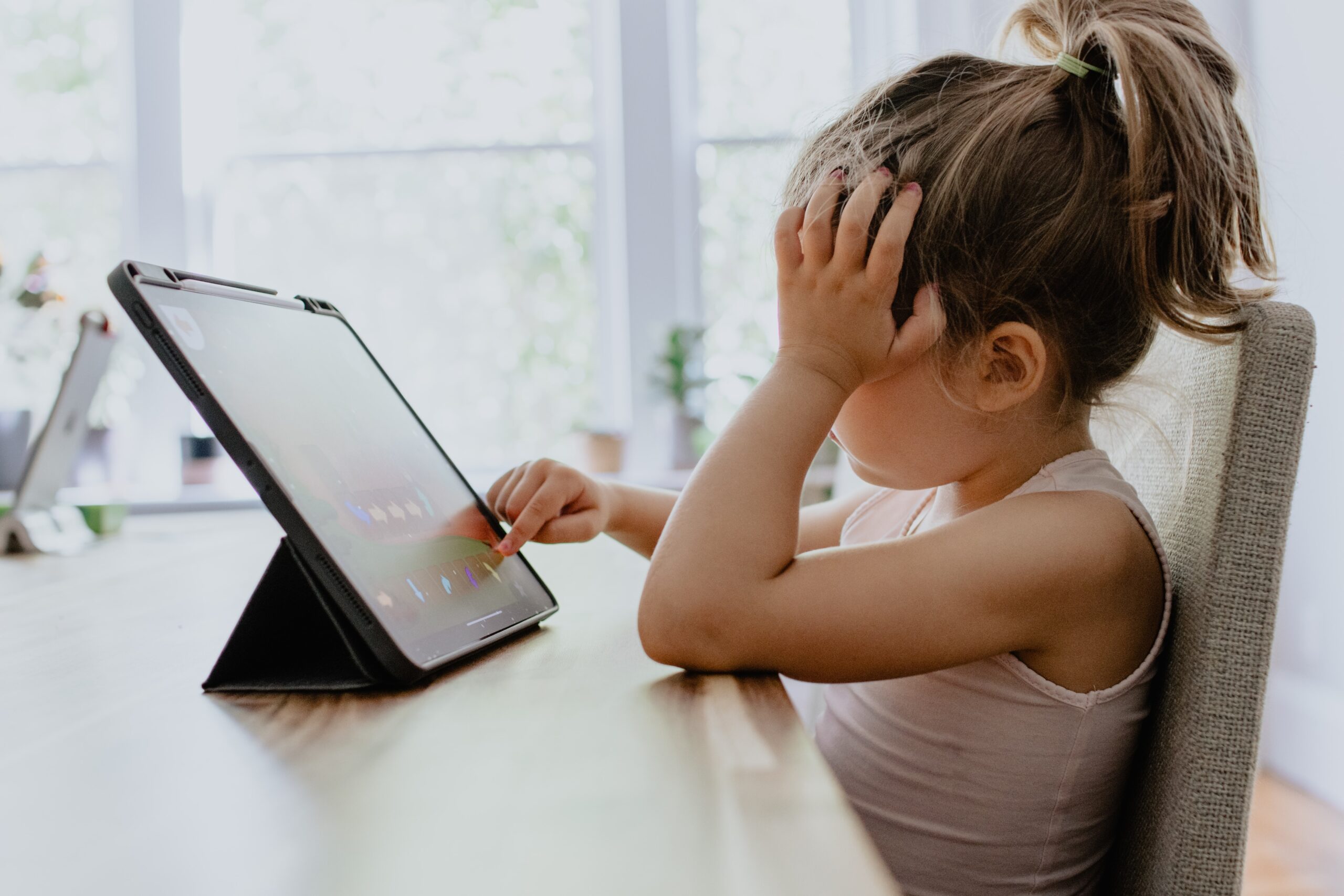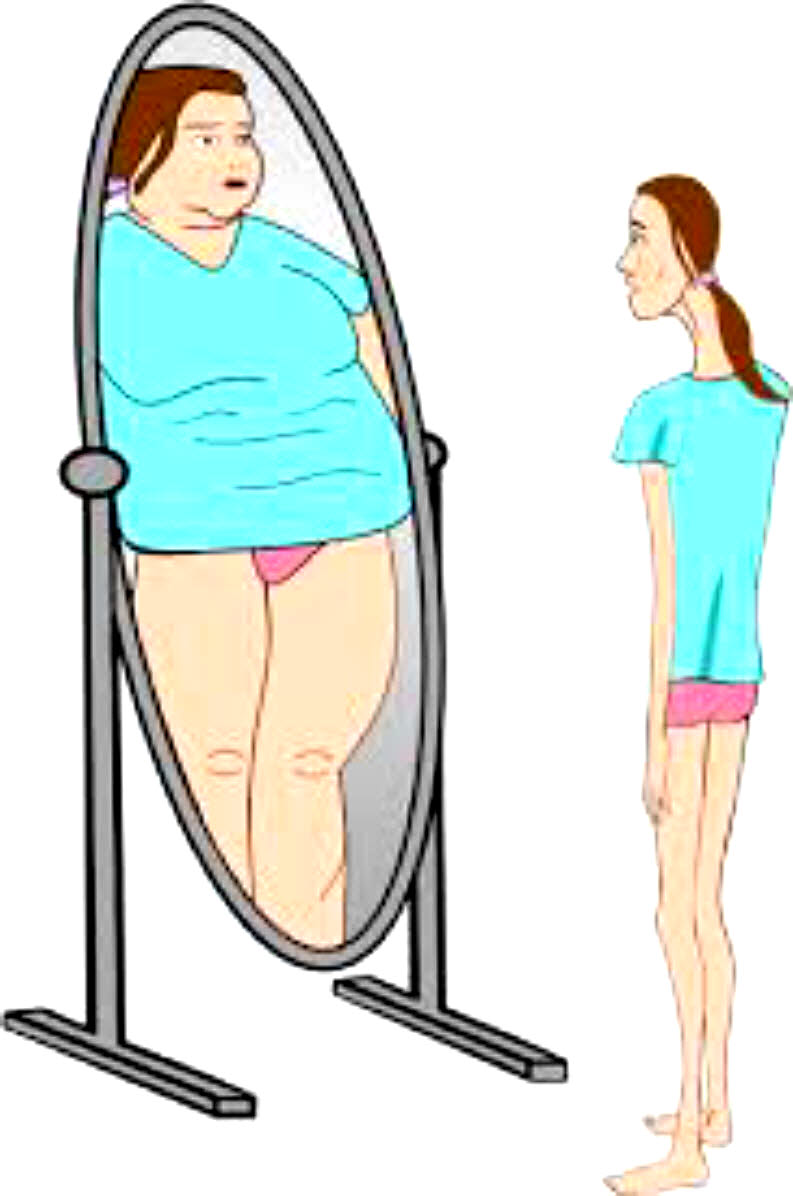By Ginger Robertson

During P.E. in my sophomore year of #highschool, the coach had the class stand up in a circle. “Take everything off your wrists,” she commanded. A few #teens had bandanas and wide bracelets on; they took them off. “Now, lift your hands to the ceiling, wrists facing me,” she said sternly with furrowed eyebrows.
Our coach was a short, assertive #woman who we didn’t want to mess with. She examined each student’s wrists, frowning and shaking her head as she paused in front of some #students longer than others. At the completion of the circle, she told us to sit down. She proceeded to talk to other #teachers and coaches in the corner of the gym, their faces contorting in apparent disdain and disgust.
No one ever told the class what the purpose of this exercise had been. Those with secrets under the cloth coverings — those of us who were struggling with self-harm — knew. We were hiding the secret cries for help marked on our wrists. After the exercise, no #adults followed up with the #students who appeared to have injuries. In retrospect, this exercise seems to have been nothing more than forced exposure for the sake of gossip. I know there was no action to help the hurting #teens because I was one of them.
A year or two later, this coach became the principal of my #school. When I needed #mentalhealthtreatment, I spoke to this principal and poured my heart out, despite my past experience with her. She wrote everything down and nodded a lot. She gave no advice. Venting helped me feel a little better, but she offered me no solutions or support.
She wasn’t qualified to give me the help I needed and should not have been the person I was sent to. I needed a trained #mentalhealthprovider.
We Still Have A Long Way To Go
Things have changed exponentially for #students since I was in high #school. My experience was before the year 2000, before #socialmedia and long before the #COVID-19 #pandemic. A study published in February of 2019 found that in 2016, half of #youth with a treatable #mentalillness did not receive treatment in the past year.
From the start of the #pandemic, #mentalhealth related emergency department visits by #youth aged 12 to 17 jumped 31%. With more than $190 million in #pandemic relief funds going to #schools, some funds should be going to addressing #mentalhealth issues. And some states, including Ohio, Georgia, Maryland and Arizona, are leading the way by using some of these funds to improve #mentalhealthcare in their #schools.
#JamesDonaldson notes:
Welcome to the “next chapter” of my life… being a voice and an advocate for #mentalhealthawarenessandsuicideprevention, especially pertaining to our younger generation of students and student-athletes.
Getting men to speak up and reach out for help and assistance is one of my passions. Us men need to not suffer in silence or drown our sorrows in alcohol, hang out at bars and strip joints, or get involved with drug use.
Having gone through a recent bout of #depression and #suicidalthoughts myself, I realize now, that I can make a huge difference in the lives of so many by sharing my story, and by sharing various resources I come across as I work in this space. #http://bit.ly/JamesMentalHealthArticle
Order your copy of James Donaldson’s latest book,
Celebrating Your Gift of Life:
From The Verge of Suicide to a Life of Purpose and Joy


Investing In #MentalHealthProfessionals
While many of us remember having “#school #counselors,” as most #schools have one on staff, these professionals are not necessarily employed to deal with #mentalhealthissues. Most often, #school #counselors help with academic success and career planning. #Students also need #school #psychologists, who have specific #mentalhealth training, for when they are struggling with their #mentalhealth.
This could be in the form of individual education planning (IEP) for disabled #students to ensure they have the support they need or individual and group counseling. There is a critical shortage of #school #psychologists with an average of one for every 1,211 #students in the U.S. The average public #school has 526 #students (that translates to one #psychologist essentially being responsible for the care of 2.3 #schools). Some states have a ratio of one #psychologist to 5,000 #students.
As IEPs are legally required, it would be easy to understand if #school #psychologists only had time for these, and no time for counseling or staff collaboration, especially given these ratios. Some of the #pandemic relief funds, among other #school funds, could be used to hire more #school #psychologists to improve these gaps in care and prevention for #students.
Knowing The Warning Signs
Given the amount of time that they spend with their #students, #school staff members have the opportunity and responsibility to recognize and act on warning signs of #mentalhealthcrises in #students. Staff should be provided with and participate in trainings to learn the warning signs of a crisis and how to respond effectively. Better yet, staff should be educated on early warning signs before a crisis occurs.
Perhaps most importantly, #school staff must challenge themselves to combat internalized #stigma surrounding #mentalhealth. If an education professional (and likely, a trusted #adult) approaches a #mentalhealth situation with judgment, #students may feel invalidated and replicate this #stigma in their own lives. In contrast, if a #teacher approaches #mentalhealthtopics with compassion and empathy, they create a healthier culture in which #students will ask for the help they need.
Additionally, #students should be given access to #mentalhealthcrisis hotlines and #mentalhealthservices within the #school and the wider community.
Improving Existing Approaches
The #CDC defines Social Emotional Learning (SEL) as developing the skills to recognize and manage emotions, learning to set and achieve a positive goal, learning to appreciate the perspectives of others, establishing and maintaining positive relationships, and making responsible decisions.
This approach — which prioritizes self-awareness, self-management, relationship skills, social awareness and responsible decision making — is integrated into many #school systems. Estimates suggest that #schools and #school systems spend about $640 million on SEL-related initiatives each year. However, while SEL can promote #mentalwellness, it is not a substitute for #mentalhealthtreatment.
While there are noted benefits of SEL, the need for #school #psychologists is arguably greater. Some SEL funds could be allocated to the foundation of #mentalwellness: #mentalhealthcare and treatment. We need a ratio of more #psychologists to less #students. These trained #psychologists should then act to educate both staff and the #student body to recognize and treat #mentalillness in the #school.
Changing The Future
My #highschool experience should have been different. I recognize that the coach and her colleagues may not have known how to appropriately handle the situation. That’s why this conversation is important. #School staff members need to educate themselves on these matters for the safety and well-being of the entire community of their #schools.
I encourage #parents to talk to staff and school board members, share concerns and ask questions. Everyone in the community has a vested interest in the care of #students by way of their tax dollars and the shaping of their community. Even if you are not a #teacher or #parent, you have a right to learn, care and speak out about the students’ mental well-being in your community.
Ginger Robertson is a registered #nurse and #mentalhealth blogger. She hopes her work can end the #stigma surrounding #mentalillness and seeking #mentalhealthcare.




